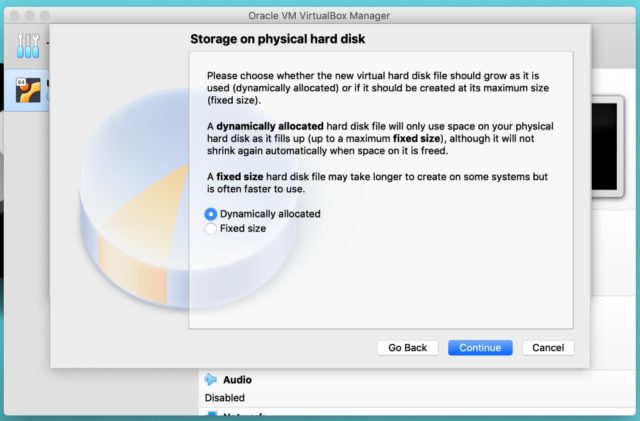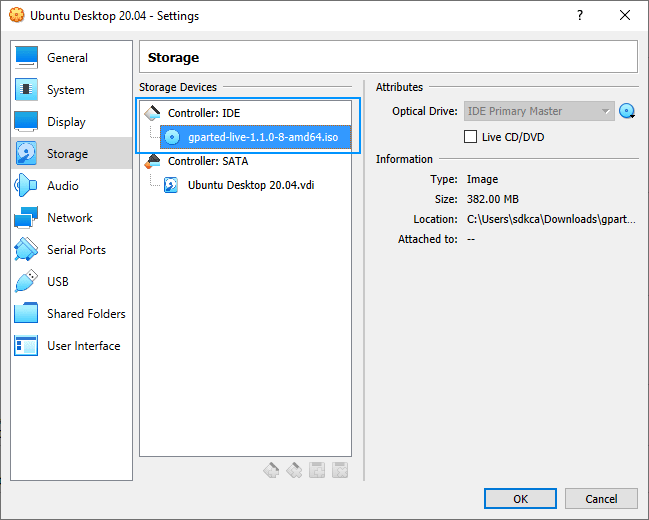


In ‘General’ Tab of the disk property, note the Location (Specifically LUN value)

So the request would be “Increase the E drive space with 500 GB.” This creates a difficult situation for the Azure administrators, as they must find out the exact disk when the VM has multiple data disks. For example, the VM owner would need to increase the size of the data disk, but not be aware about the details which need to be provided or how these can be gathered. There may be some challenges faced by the administrators if the desired details are not provided. Increasing the disk space in Azure is quite easy with a few clicks. Retaining data in the same VM requires us to increase the disk space when the utilization of allocated space is full.


 0 kommentar(er)
0 kommentar(er)
